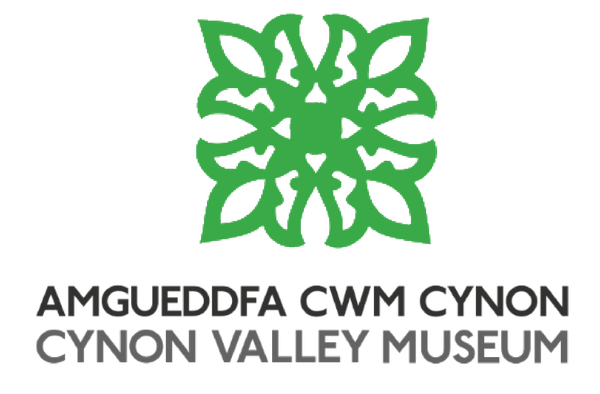HISTORY OF THE MUSEUM
Save Cynon Valley Museum!
The Museum opened in 2001 after years of campaigning by local groups for a place to commemorate the history and culture of the Cynon Valley. It was developed with the support of the Heritage Lottery Fund. The Museum, Galleries, Cafe and Shop thrived and were popular but the building was sadly closed in 2014 as a result of nationwide austerity measures.
A campaign group was established to stop the planned closure, which was initially unsuccessful. However, in 2015 this campaign group formulated a working party, meeting regularly with the council to discuss the potential reopening of the Museum. They eventually formed the Cynon Valley Museum Trust, who, alongside RCT, secured a Heritage Lottery Fund Resilience Grant to take over the building.
The Museum successfully reopened under independent management in 2016, and has continued to grow ever since. In 2017, the CVMT secured further grant funding to grow the staff team to 4 members until 2021. The collection displayed and stored at the Museum is under the legal care of the RCT Heritage Service, who work closely with the CVMT to provide items for temporary exhibitions, refresh the permanent displays, and provide objects for handling and outreach opportunities.
Gadlys Ironworks
The Cynon Valley Museum sits in front of the remains of the four blast furnances which belonged to the Gadlys Ironworks. The area inside the museum, where visitors explore the displays was once the site of busy casting houses into which the white hot molten iron flowed on being tapped to be either removed for further processing or cast in situ.
The remains of the Gadlys furnaces are acknowledged as possibly the best preserved in Britain; such knowledge should challenge us to ensure that what is left is consolidated and preserved for future generations.
In 1837 “Little Gadlys” opened with just one furnace. It was set up by Matthew Wayne in partnership with Edward Morgan Williams and George Rowland Morgan on the latters’ estate at Gadlys Isaf farm. Despite its small size, it employed up to 150 people and was capable of producing 1,700 – 2,000 tons of pig iron annually. In its first year of production, it sent 444 tons of pig iron to Cardiff, for markets in Liverpool and Bristol by means of the Aberdare canal. Matthew Wayne was happy with his small enterprise. He died in 1853 and left the management of the works to his sons Thomas and William Watkin Wayne.
Thomas was more enterprising than his father; he had been secretary of the Aberdare Canal Company and involved in the development of the first sale coal colliery in the Cynon Valley at Abernant y Groes. He successfully expanded the works, building new blast furnaces, a new engine house (which can still be seen on Depot Road) and appointed a new managed in 1861. The works expanded with a rail mill added and also branched into the tinplate industry, first on site, then from premises at the foot of Meirion Street.
By 1862 there were four furnaces producing 300 tons of pig iron a week; Gadlys was then second in magnitude of the Aberdare works. In times of recession they survived by blowing out their furnaces, falling back on their sale coal trade instead. Thomas died in 1867 and the works continued as a limited company, Wayne’s Merthyr Steam Coal and Iron Works (Limited).
With the general decline of the iron industry the Gadlys Ironworks ceased production and the company concentrated on its coal production, the works were run down and kept closed for some years until its plant was sold off in 1886.
The Waynes had been paternal employers, discontinuing their truck shop, providing a clean drinking water supply through pipes for their employees and good quality company houses at Gadlys Road, Dowlaid Street, Wayne, Ann and Oxford Streets.
Written by Cynon Valley Museum volunteer Geoffrey Evans.



